
How to avoid common injuries associated with boxing


 A boxer’s fracture is one of the most common injuries associated with boxing. Here we take a look at the common treatments, preventative measures and the recovery process.
A boxer’s fracture is one of the most common injuries associated with boxing. Here we take a look at the common treatments, preventative measures and the recovery process.
 Golfer’s elbow is one of the most common conditions associated with playing golf. Here we take a look at the common treatments and some preventative measures.
Golfer’s elbow is one of the most common conditions associated with playing golf. Here we take a look at the common treatments and some preventative measures.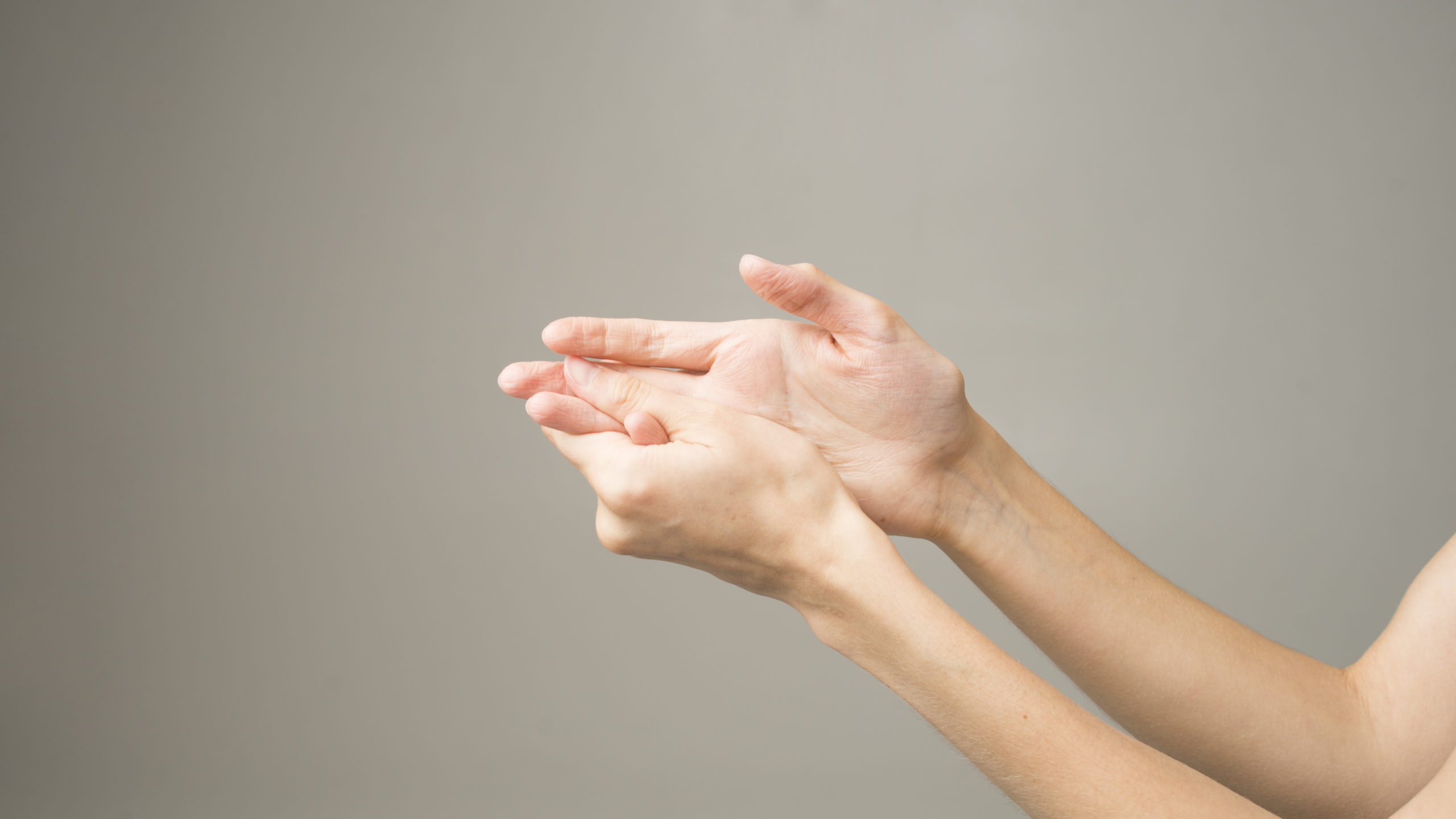
 What is it?
What is it?Raynaud’s Disease, pronounced ‘ray-nose’ is a condition caused by the sympathetic nervous system which causes narrowing of arteries in the extremities (e.g. fingers, toes), resulting in reduced blood flow to these areas.
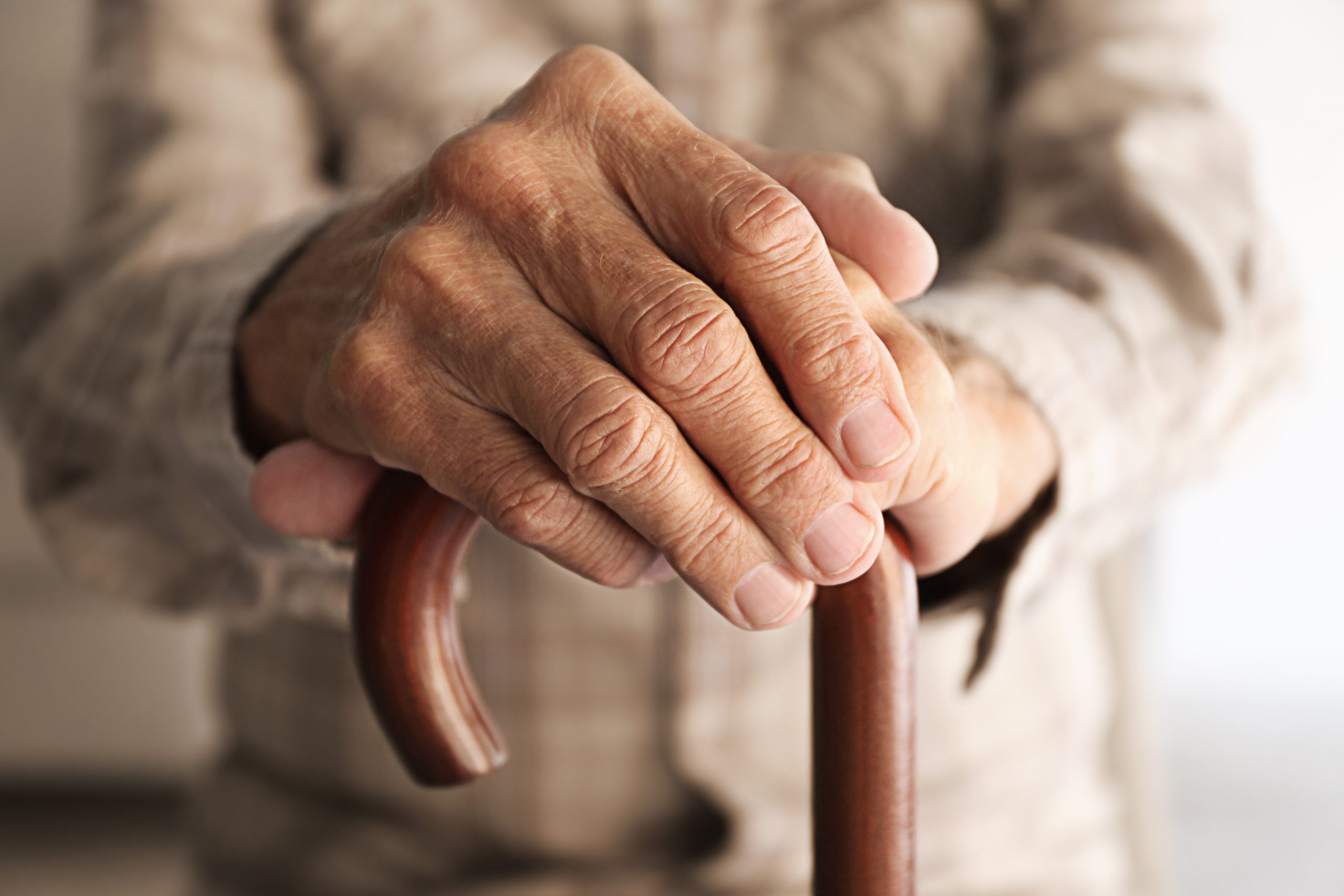
 There are two main types of of arthritis: Osteoarthritis and Rheumatoid Arthritis. Here is a look at the difference between the two and the treatments avaliable.
There are two main types of of arthritis: Osteoarthritis and Rheumatoid Arthritis. Here is a look at the difference between the two and the treatments avaliable.
 It’s Hand Therapy Awareness Week! Here is a helpful rundown of what hand therapy is, what your hand therapist can do for you & where you can find us in Sydney.
It’s Hand Therapy Awareness Week! Here is a helpful rundown of what hand therapy is, what your hand therapist can do for you & where you can find us in Sydney.
 Kienbock’s disease is a rare condition which affects the lunate bone in the wrist. Here’s a look at the signs and symptoms, causes and treatment from your hand therapist.
Kienbock’s disease is a rare condition which affects the lunate bone in the wrist. Here’s a look at the signs and symptoms, causes and treatment from your hand therapist.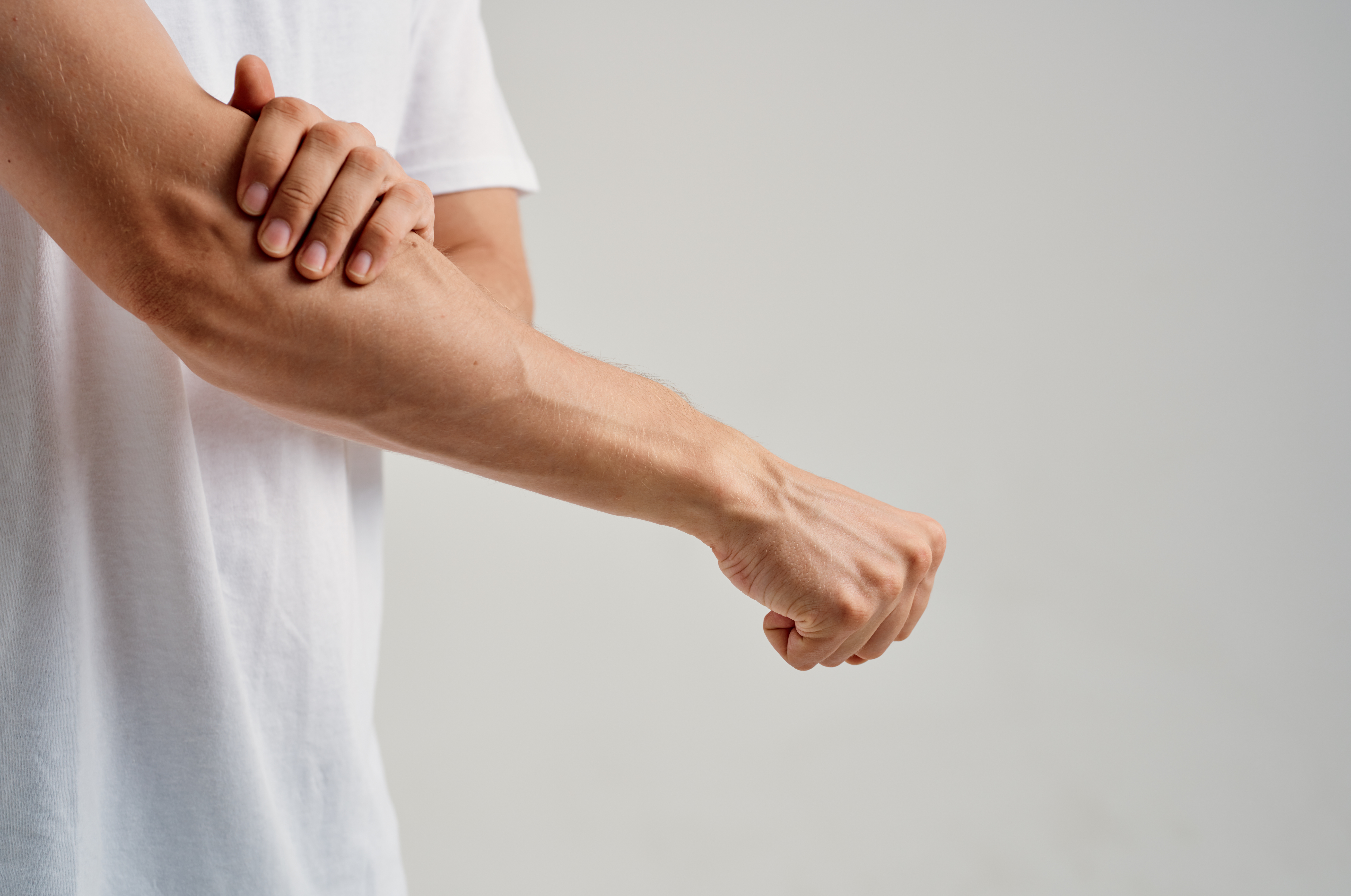
 Ulnar neuropathy is the inflammation or compression of the ulnar nerve. Here’s a look at the causes, symptoms and treatment.
Ulnar neuropathy is the inflammation or compression of the ulnar nerve. Here’s a look at the causes, symptoms and treatment.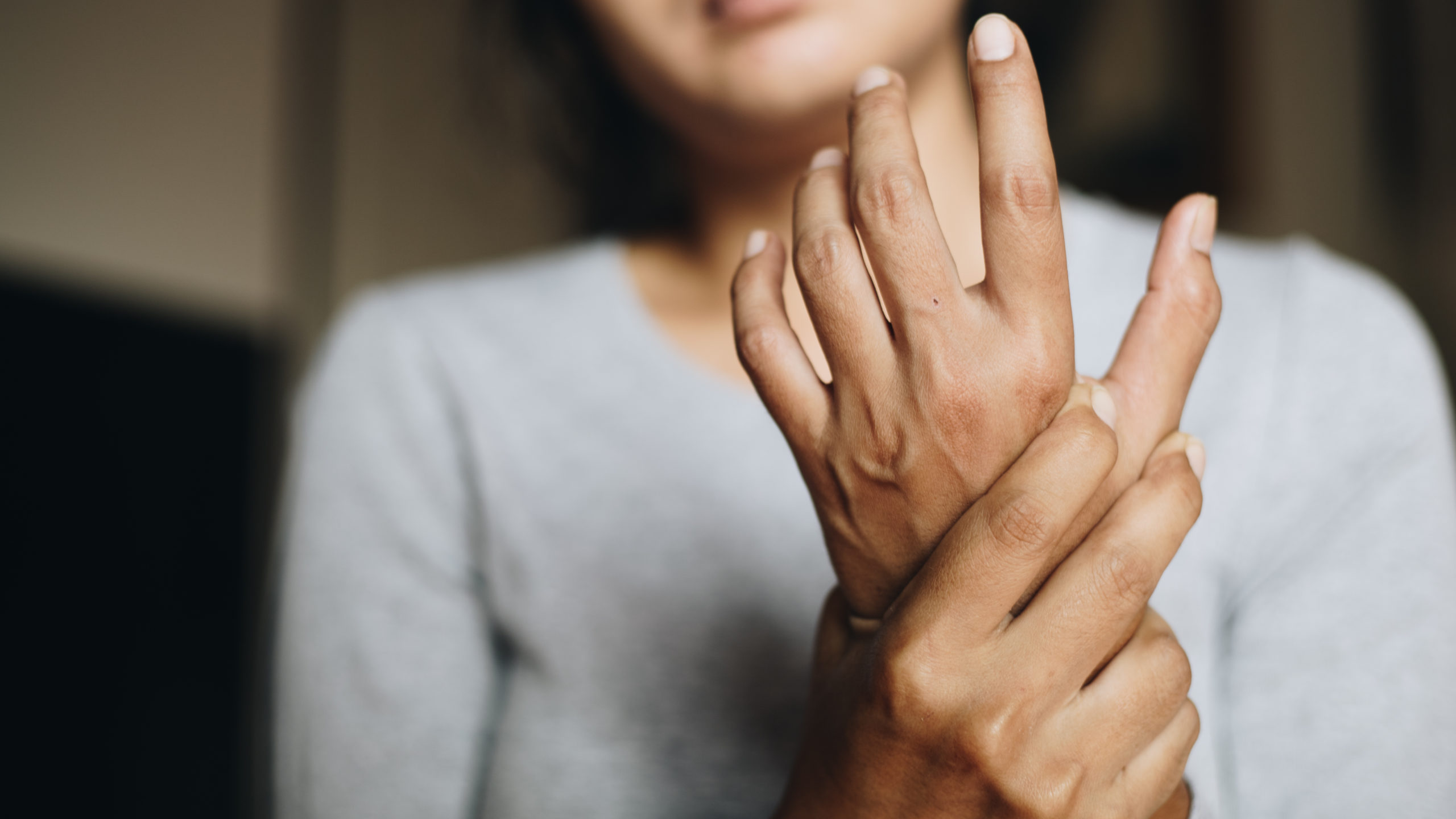
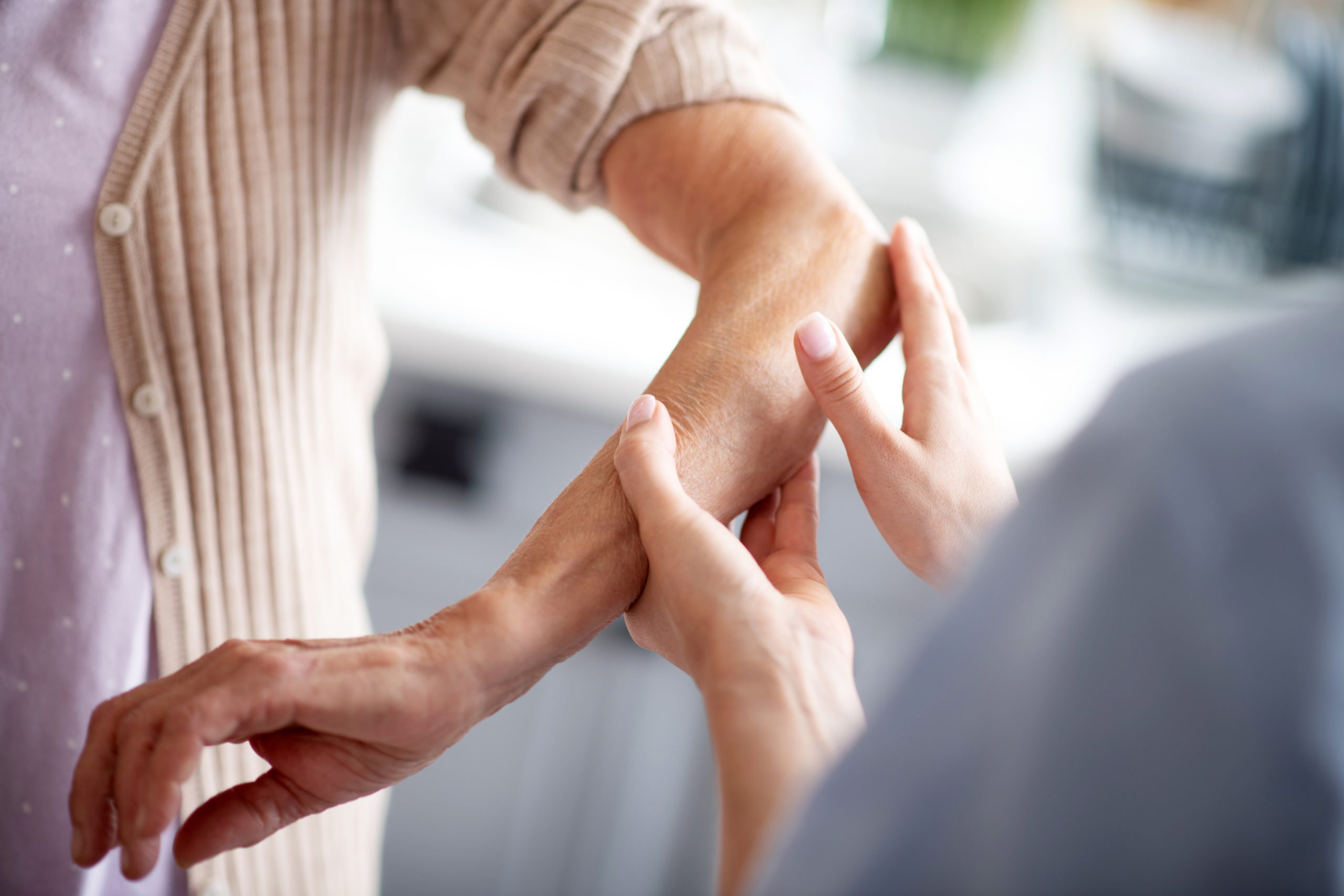

The elbow joint is made up of the humerus in the upper arm and the two forearm bones, the ulnar and radius. A dislocation occurs when any one of these bones moves out of its correct place. Severe dislocations can not only sustain injury to the joint capsule but can also result in fractures, ligament injury, or nerve and artery damage.